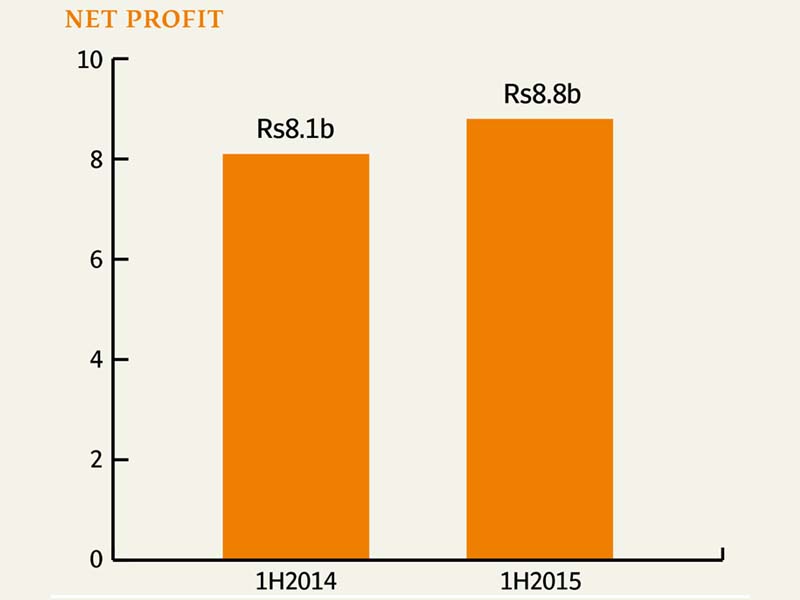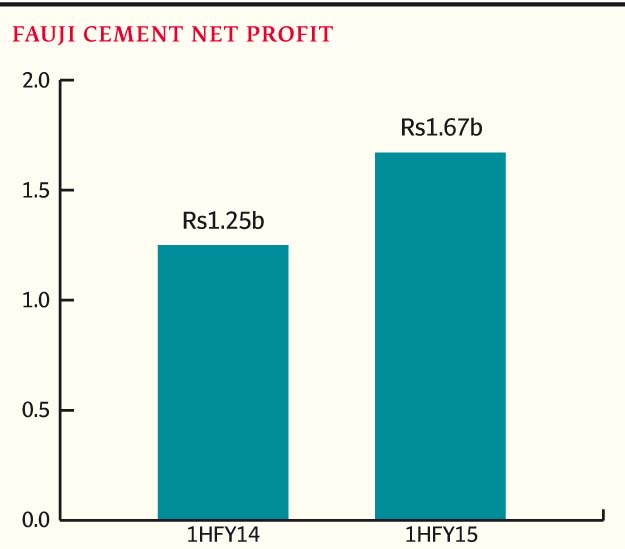Demolition of katchi abadi in I/11 has drawn much attention as the pathetic plight of the poor souls facing eviction from the callousness of the powers that be cannot be understated. To truly understand this story, though, one must acknowledge that is only one scene in a larger drama, and the poor slum dwellers and the wealthy Sharifs are not the only actors. However, this relatively minor episode is worth noting not only out of sympathy for the poor and defenceless, but because of what it says about our society more broadly.
Let us begin by doing away with one particular bit of misinformation. The people living in ‘Afghan Basti’ are not actually Afghans. They are Pakistanis.
Contrary to the CDA’s assertions, the United Nations High Commissioner for Refugees (UNHCR) believes there are no documented Afghans in the I/11 area.
Communication and Public Information Officer, Duniya Aslam Khan shed some light on the matter. “The Afghan basti is not in I/11, it’s in I/12. They were moved in 2009 – not by UNHCR, we had requested the government of Pakistan to find a site for the Afghans to be moved to. Before 2009 they were living in F-10 and surrounding areas,” she said.
“The CDA wanted them to vacate the area so the UNHCR facilitated their relocation from F-10 to I/12. Around 5,000 registered refugees are in that area. On the other hand, in I/11 you have IDPs but UNHCR is not working with IDPs or anyone else in that area,” she explained and added that while the I/12 area is not officially recognized as a camp, but it is a recognized refugee settlement.
“People often confuse the IDPS and Pakhtuns with the Afghans in the I/11 area, which is not correct,” she added.
Deliberately conflating the Afghani Pakhtuns with the Pakistani Pakhtuns is what has earned people in these areas their predicament. Many of them hail from not across the border but places like Charsadda, Mardan, Peshwar, Bajaur and Mohmand Agency, along with many other areas of Khyber Pakhtunkhwa.
This means that we are living during a time when our own brothers and sisters are being forced from their squalid living conditions into the arms of an even worse fate not by any foreign crusaders but by our own leaders, all for the sake of ‘development‘.
Once again, the old bogey of ‘development’ was also invoked to justify the unjustifiable, providing a veneer of acceptability and respectability to proceedings that were anything but. As always, no real attempt was made to outline exactly what this development would be or who would benefit from it but if past experience is anything to go by, the contours of the process should be abundantly clear. With their focus on mega-projects that serve as showy symbols or ‘progress’ as well as great opportunities for graft, successive governments in Pakistan (most notably those headed by the PML-N) have repeatedly demonstrated how their visions of ‘development’ have no room for the poor. Amidst all the massive roads, glitzy buildings, and billions of dollars of investment, little to no attention has been paid to addressing the basic needs of Pakistan’s poor, with spending of healthcare, education, and welfare remaining abysmally low. Instead, shadowy cabals of well-connected businessmen, landowners, and government officials continue to carve up the economy amongst themselves, ensuring that Pakistan remains a country that exists to protect and pursue the interests of the few at the expense of the many.
As usual, responsibility for this type of graft is being laid firmly at the feet of our political leaders. There is no doubt that they deserve some of the blame, but are they the only ones? Allow me to introduce the other players in this drama, the ones that receive the lion’s share of profits even if they are not giving the starring role.
Fauji Fertilizer Company (FFC) on Thursday announced a net profit of Rs8.8 billion for the half year ended on June 30, up 7.4% compared to Rs8.1 billion in the same period of last year.
Frontier Works Organization (FWO) has also been busy at work having been granted lucrative construction contracts along the CPEC.
“The Frontier Works Organisation (FWO) has built roads with 502 kilometres length on the western alignment of China Pakistan Economic Corridor (CPEC) to link Gwadar with other parts of the country,” a press release of FWO said. “The FWO took up the challenge to extend the benefits of Gwadar port to rest of the country by building roads in rugged mountainous terrain and highly inaccessible areas. The gigantic task was undertaken on the directives of Chief of Army Staff Gen Raheel Sharif,” the FWO said.
These contracts have paid dividends not only to FWO. A result of this construction boom is that cement sales are growing, funneling untold sums into the bank accounts of Fauji Cement Company.
The income from associates surged to Rs1.9 billion mainly due to increase in earnings of its associates (Askari Bank Limited, Fauji Fertilizer Bin Qasim and Fauji Cement Company) while other income rose by 77% to Rs1.3 billion.
Such economic windfalls promise to bring another blockbuster year to the military officers who profited so handsomely last year.
Fauji Cement Company has announced a net profit of Rs1.67 billion for the first half ended December 2014 (1HFY15), up 33% compared to Rs1.25 billion in the same period of previous year.
This is the stage on which the drama of evicting helpless slum dwellers is taking place. Yes, it is one in which “shadowy cabals of well-connected businessmen, landowners, and government officials continue to carve up the economy amongst themselves,” but we cannot ignore the undeniable fact that many of these shadowy cabals of well-connected businessmen, landowners, and officials do not wear business suits. They wear Army uniforms.
![]()







